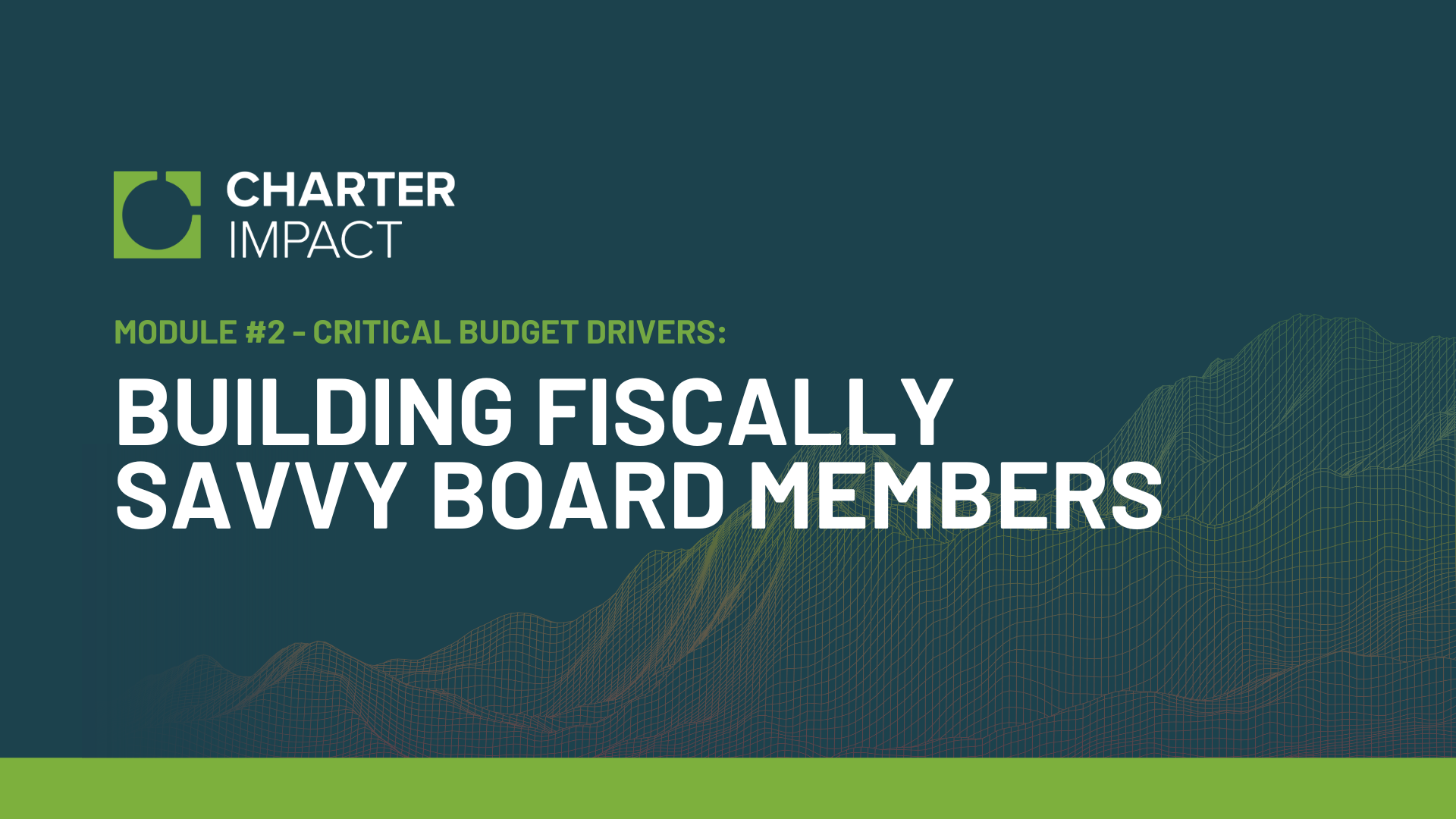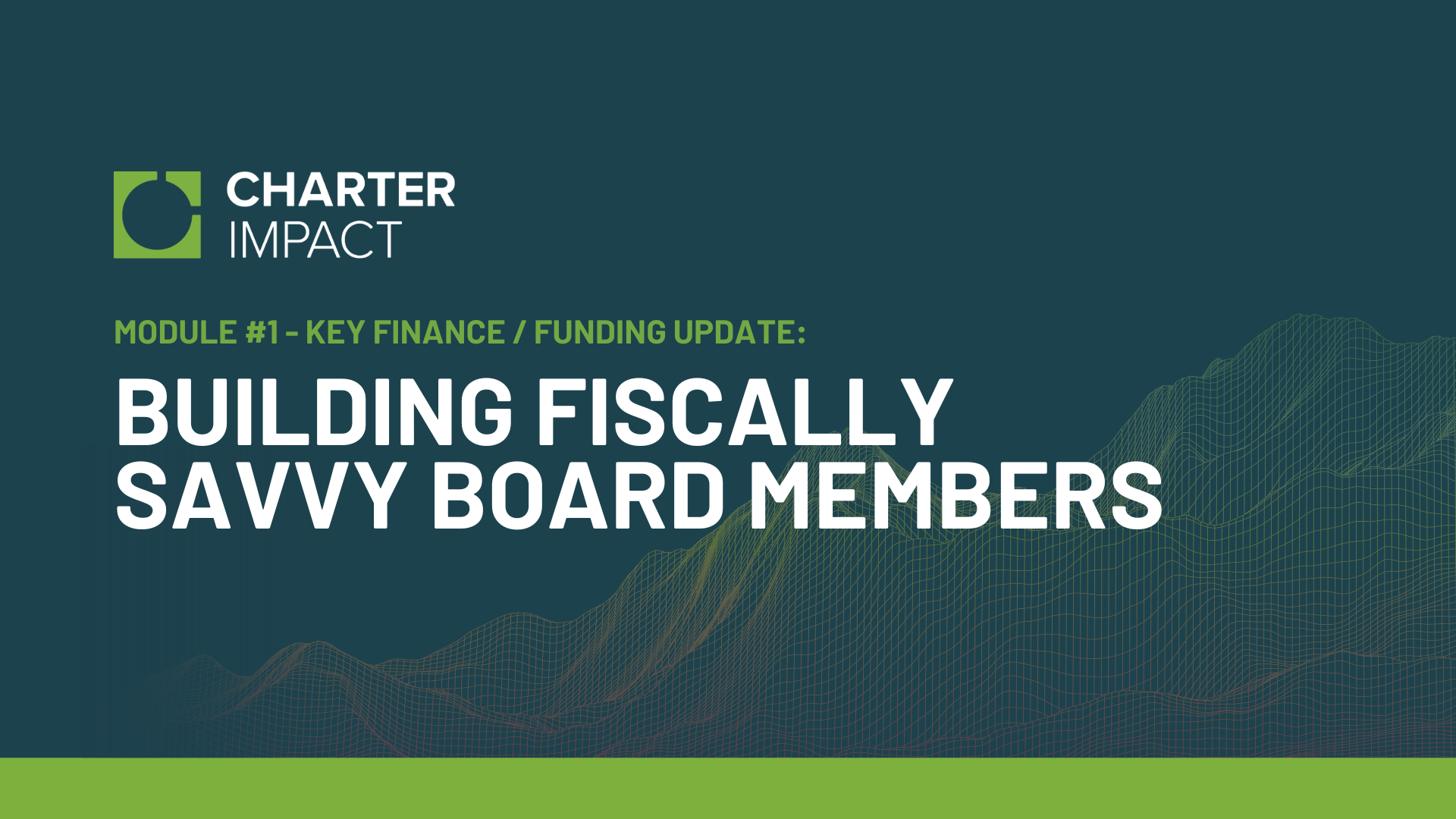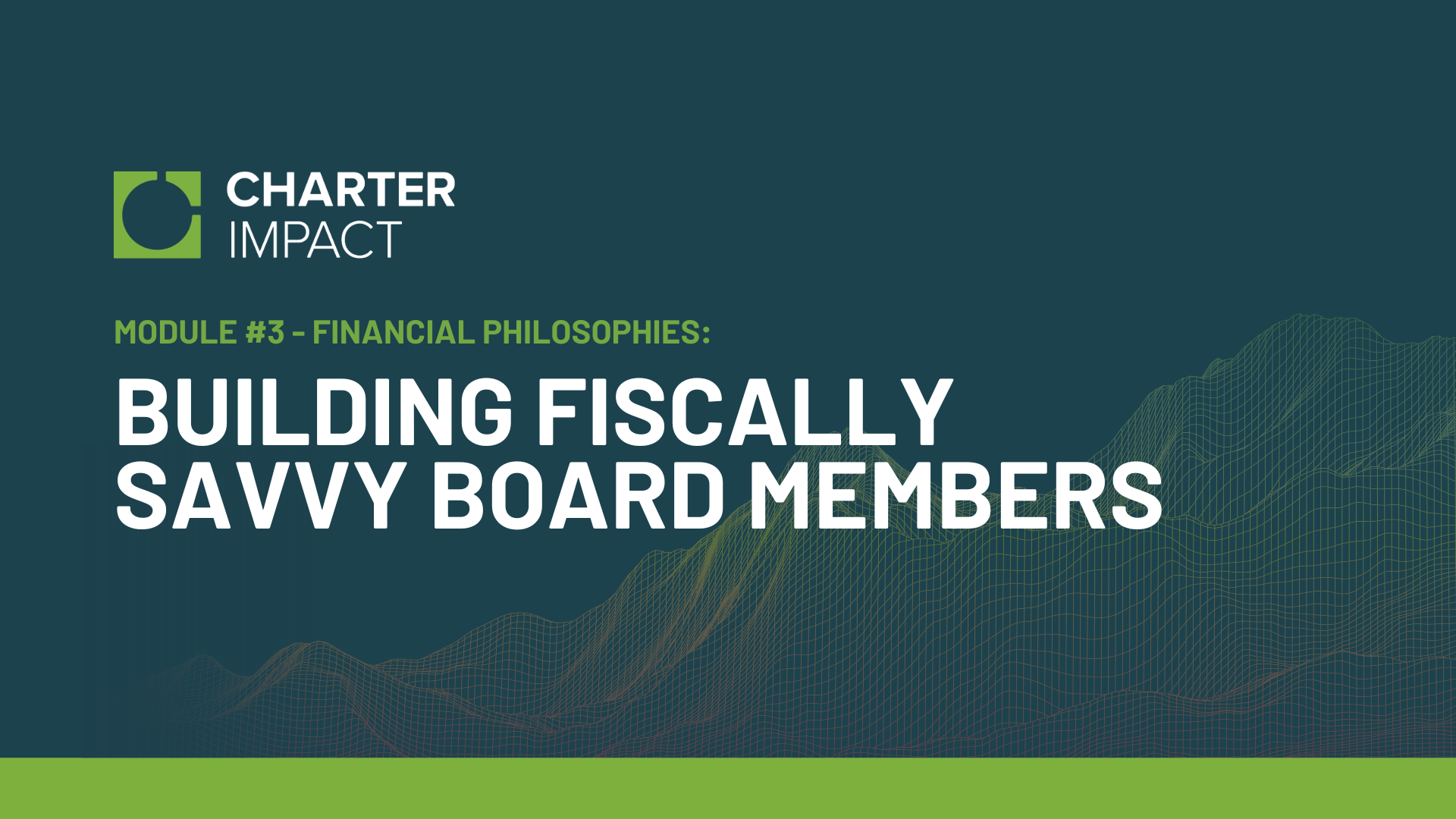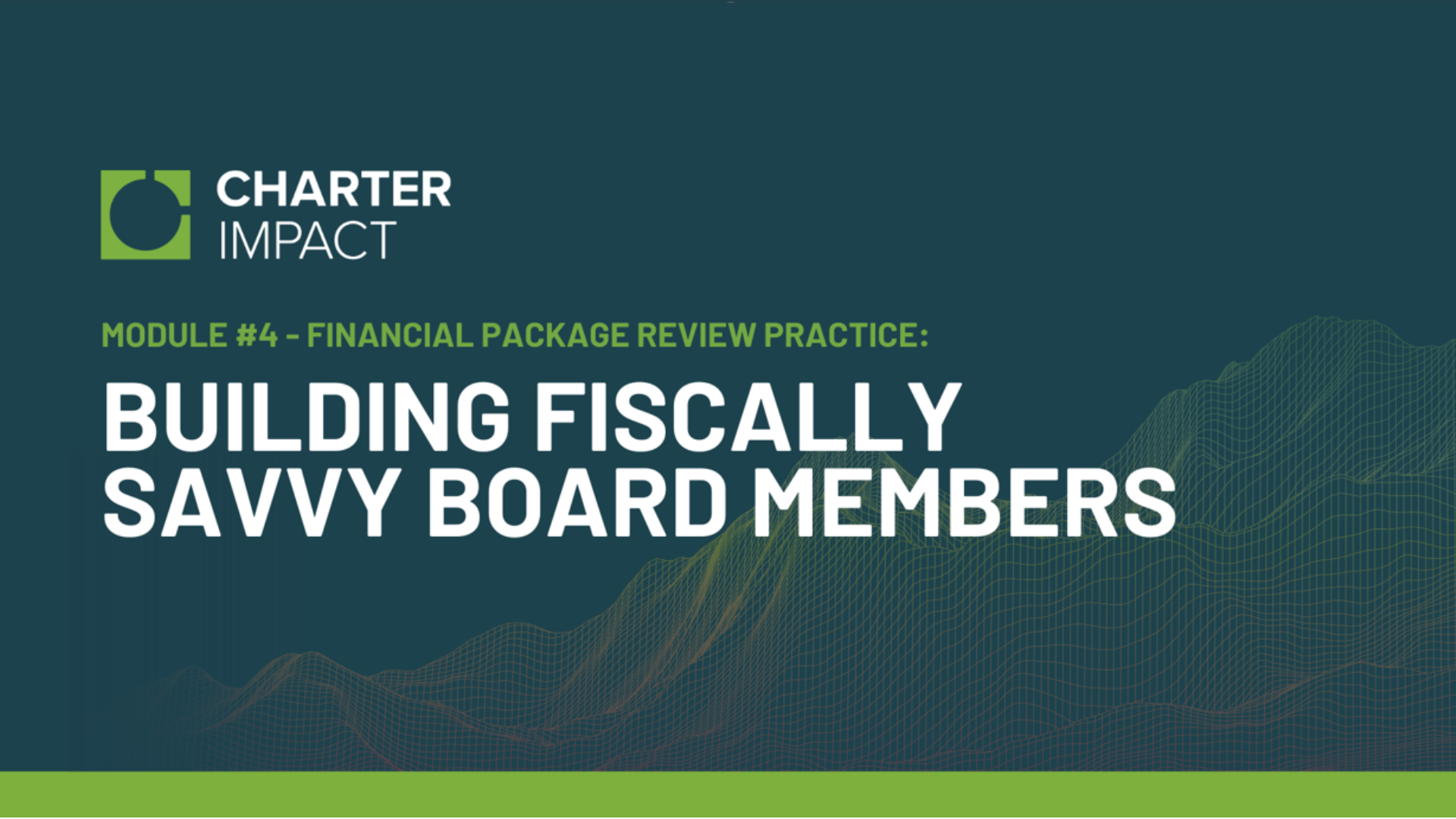Building Fiscally Savvy Board Members
Module #2 - Critical Budget Drivers
Welcome to the Building Fiscally Savvy Board Member series! In this module, we'll cover critical budget drivers that impact charter school finance, including the importance of enrollment and attendance rates, the role of student demographics, and understanding supplemental and concentration grants. You'll also learn about pupil-teacher ratios, cash flow timing, and the impact of fundraising on your school's revenue.
By the end of this module, you'll have a comprehensive understanding of the factors that drive charter school budgets and how to use this information for effective financial decision-making. Let's dive in and empower your board leadership today!
A critical factor in charter school funding is the attendance rate, not just enrollment numbers. Schools get paid based on the number of students attending each day, so focusing on improving attendance can directly impact your school’s budget. Consider implementing strategies like attendance incentives or parent engagement programs to ensure students are present and ready to learn.
Question 1 of 5
1. What is the most important factor in determining how much funding a school receives under the Local Control Funding Formula (LCFF)?
A) Enrollment numbers B) Attendance rate C) Fundraising efforts D) Student-teacher ratio2. What are "unduplicated students," and why are they significant in the LCFF funding calculation?
A) Students enrolled in multiple schools B) High-need students, such as low-income, English learners, or foster youth, who impact supplemental and concentration grants C) Students who do not attend classes regularly D) Students who participate in special education programs3. Which factor impacts a school's ability to receive additional LCFF funding through concentration grants?
A) The number of teachers employed B) A school's unduplicated student count being above 55% C) The amount of federal funding available D) The school's attendance rate being over 90%4. How does the timing of cash flows affect charter school budgeting?
A) Schools receive equal amounts of funding each month. B) Cash flows vary throughout the year, and schools must plan accordingly to cover periods with lower cash flow. C) Schools do not need to consider cash flow as it remains consistent. D) Fundraising ensures a constant cash flow throughout the year.5. What is the purpose of the LCFF retroactive adjustment that occurs in June?
A) To adjust for changes in student enrollment numbers from February to June B) To increase funding for special education programs C) To add additional funds based on fundraising efforts D) To reallocate federal funding among charter schools
Maintaining an optimal pupil-teacher ratio is key for both compliance and educational quality. Beyond compliance, a lower ratio supports better individualized attention and improved student outcomes, which ultimately strengthens the school’s reputation and community support.





